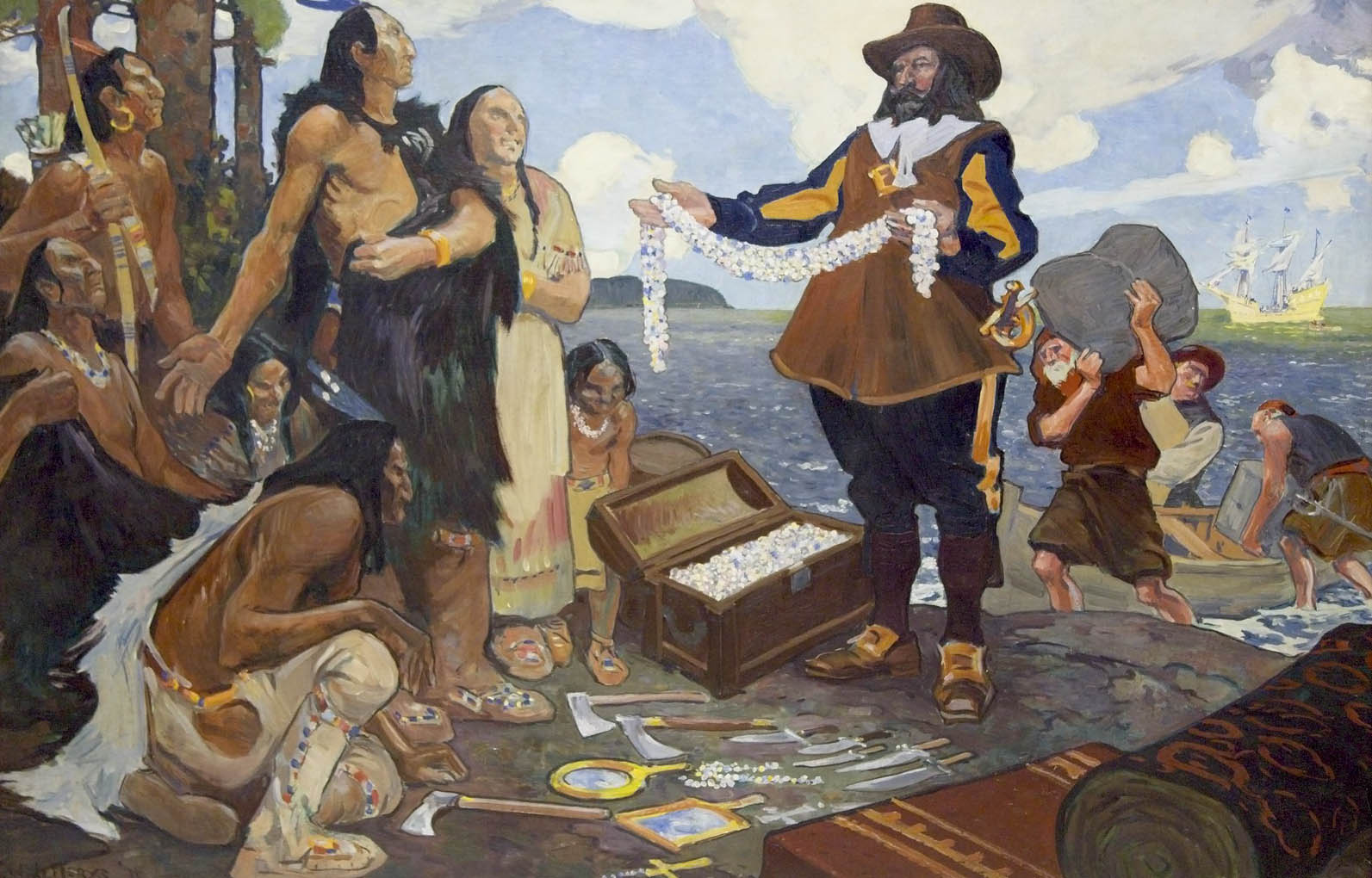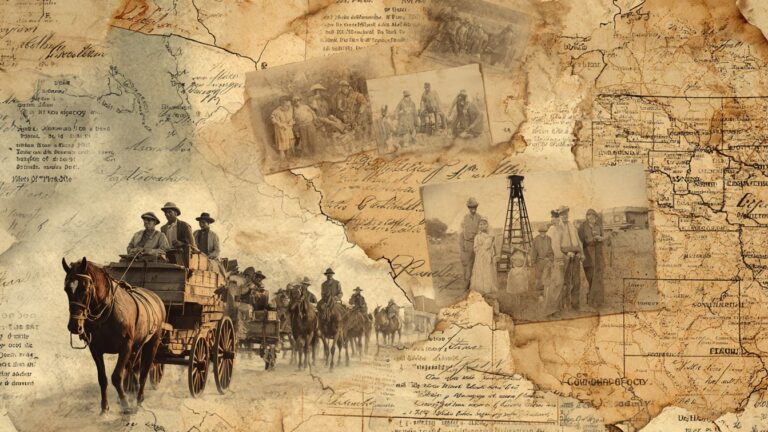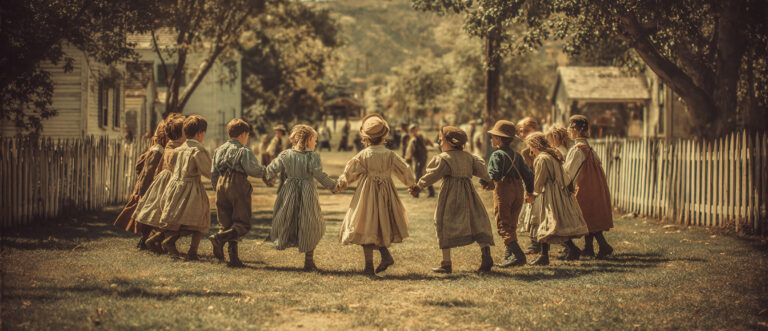
Founding Families of Quebec, by Denise Larson
Denise R. Larson’s popular book, Companions of Champlain: Founding Families of Quebec, 1608-1635, is a skillful blend of genealogy and history. The narrative first half of the book describes the governmental, mercantile, and navigational background to Champlain’s arrival at Tadoussac in June 1608. Most of the balance of the book traces the descendancies of Champlain’s crew members and their spouses for five generations. The following introduction to the genealogies summarizes the origins of Canada’s founding families.
Understanding the genealogy
“A careful study of the origins of the progenitors has helped correct a preconceived notion that the majority of the early settlers came from the province of Normandy in France. Not so. Of the seventeen families who stayed in Canada and had issue and whose origins are known, a majority, seven families, emigrated from the province of Perche. Normandy came in a close second with five families. Other provinces represented were Brittany, with two families; and Ile de France, Maine, and Picardy, each with one. Champlain was from Saintonge, a small province on the west coast of France, near the jump-off port of LaRochelIe. Later emigrations from France to Canada showed a predominance from Normandy and the densely populated Ile de France.
The most likely reason for the early prominence of Perche, a very small province tucked in between the provinces of Maine, Normandy, and Ile de France (Paris), was the motivation of Robert Giffard, apothecary and surgeon, to populate his seigniory at Beauport. From within his province, Giffard contracted Zacharie Cloutier, a master carpenter; Jean Guyon, a master mason; Henri Pinguet, a merchant; Gaspard Boucher, a carpenter and farmer; and Jean Juchereau also hailed from Perche. Jean Cote is thought to have been from Perche as well.
One family group among the Companions of Champlain was that of the Langlois sisters, Francoise and her sister Marguerite, who traveled to Quebec with their husbands, respectively, Pierre Desportes and Abraham Martin. Another Langlois, Noel, was among the progenitors, but no evidence of a family relationship with the Langlois sisters has yet been found.
Once settled, the families intermarried, as can be expected. The recorded dates of marriages that took place in the Hebert family from 1621 to 1757 show that the majority of weddings took place in October through February, with the exception of December, in which none seemed to have taken place. October and November, the months following harvest, were the most popular months.
Early French-Canadian families are renowned for having many offspring. The Hebert family was studied through five generations, for reasons of its prominence as the first founding family of New France, the relative completeness of the records, and the manageable size of the data collection for the two surviving children who came from France to Canada with their parents. The number of descendants was limited; and, therefore, more easily followed and documented and the data analyzed.
The number of children in a family group in the Hebert genealogy ranged from one to twenty, for an average of nine children per family. During the five generations examined, an average of thirty-three percent, one out of every three, of the children died in infancy or youth. Half of the children, fifty percent, lived to adulthood and married. Approximately seventeen percent lived to adulthood but remained unmarried, joining a religious order, becoming an explorer, or their fate is unknown.
Using the averages stated above, of nine children, six would live to see adulthood, four or five of them would marry, and one or two of them would not. Placed in this perspective, the size of the average family in early Canada was not unlike the size of families found in typical farming communities throughout North America and elsewhere in the not so distant past.”
Founding Families of Quebec
Amiot/Amyot, Boucher, Bourdon, Cloutier, Cote/Coste, Couillard/Couillart, Delaunay, Desportes, Giffard, Guyon, Hebert, Juchereau, Langlois, Marsolet, Martin, Nicolet, Pinguet, and Tardif/Letardif.
Also by Denise Larson . . .
- Genealogy at a Glance: French-Canadian Genealogy Research
- Genealogy at a Glance: Massachusetts Genealogy Research




